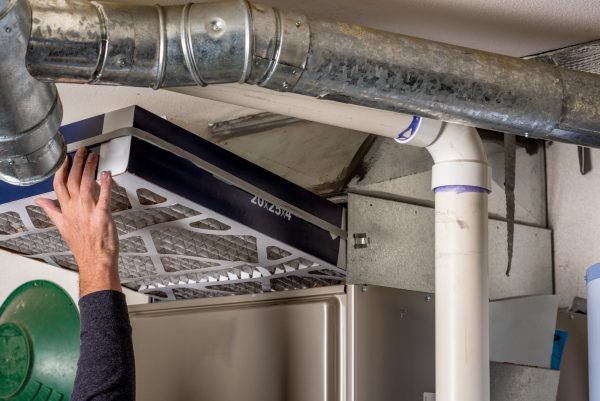According to the Department of Energy, older furnace systems range in efficiency from about 56-70 percent. New furnaces, on the other hand, can have efficiency levels as high as 98.5 percent! If you’re interested in replacing your current furnace with a new model, it may be useful for you to take a look at a company such as Denver furnace installation and repair for more ideas and information as to what is available.
Do you want to make your home more energy-efficient and say goodbye to high heating bills? Are you unsure of how to install a new furnace and unwilling to pay a professional?
If this is the case, you’re in the right place. Read on for a step-by-step guide that will teach you everything you need to know.
Choose the Right Furnace and Furnace Location
Start by deciding what type of furnace you want to purchase for your home. The higher its efficiency rating, the more money it’ll save you over time (although, it might cost you more money upfront). There are other factors to consider, though, including the type of fuel it uses (gas, electricity, propane, etc.).
Once you’ve selected a furnace, you need to find a place to store it. For most people, the basement makes the most sense. If you do this, make sure you place your furnace on blocks to protect it from flooding.
Find a Location for Your Duct and Drain
Once you choose a place for your furnace, you’ll need to choose a place for the furnace return air duct and condensate drain. Most of the time, the condensate drain should be placed off to one side and pointing toward the floor drain.
Connect the Furnace to the Ducting System
Now, it’s time to connect the furnace to the house’s ducting system. When you’re doing this, seal connections with duct sealant or metal foil tape.
Do not use duct tape. It doesn’t last as long as these other options.
Connect the Vent Pipes
After the furnace is connected to the ducting system, the next step is to connect its intake and exhaust pipes.
These should be connected at slight angles sloping toward the furnace. This allows condensation to be drained in a safe and efficient way.
Connect the Gas Supply
Up next is connecting the furnace to the gas supply. After you do this, check to make sure it can be shut off properly and ventilates well. Ensure there aren’t any leaks, either.
Connect the Electrical Supply
After connecting to the gas supply, you’ll need to connect the furnace to your house’s electrical supply. Furnaces typically have two connections, a low voltage and a line voltage. Take care when you’re connecting the furnace to the electrical supply to ensure these connections get hooked up properly.
Connect the Condensate Drain
Finally, go ahead and connect the condensate drain. Most of the time, this will attach to the furnace with a hose that leads to your basement’s floor drain.
After you’ve done this, your furnace should be good to go. Be sure to double-check your work to make sure everything is working in the proper way. Don’t forget to make regular furnace maintenance a priority, too. This will help you ensure your furnace is as energy-efficient as possible. It also saves you money on expensive repairs later on.
You Know How to Install a New Furnace: Time to Get to Work!
Now that you know how to install a new furnace, it’s time to put your knowledge to the test. Follow these steps and you’ll have no trouble setting up your furnace and keeping your home warm during the coldest months of the year.
Are you looking for more home maintenance or home improvement-related content? If so, we have tons of resources on our site. Visit the Home/DIY section today to keep learning.


Speak Your Mind